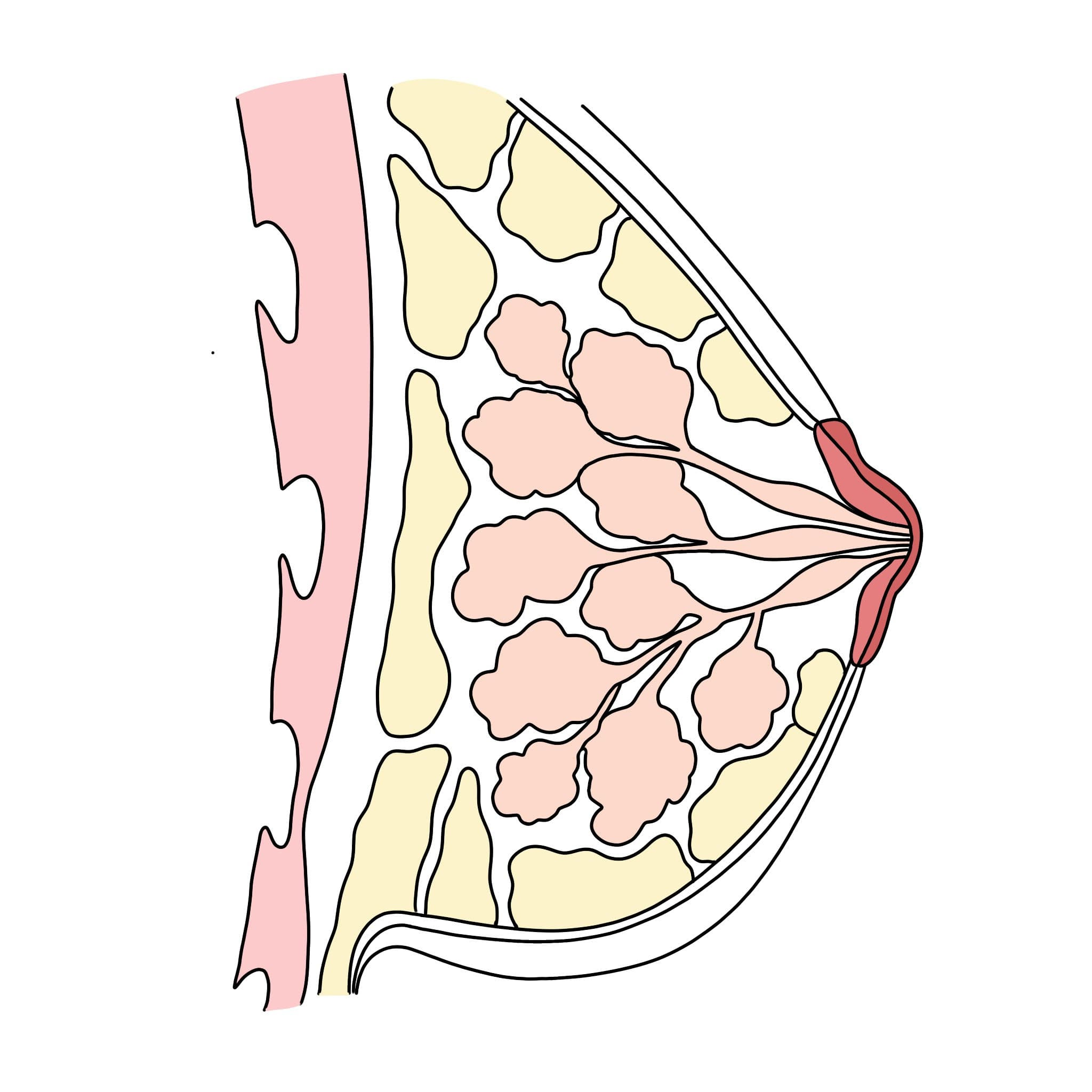TABLE OF CONTENTS:
What could be more wonderful and surprising than the female body? Capable of carrying life, giving birth, nourishing and cherishing it, all in its most natural state. So, from production to milk letdown, from the nurturing breast to the baby’s mouth, how is the milk made that allows you to breastfeed?
To understand breastfeeding, know the breast
The moment you find out you’re pregnant, your body has already begun to prepare, including your breasts. To enable you, if you wish, to breastfeed your baby, they undergo many changes, mostly triggered by hormones.
From the mammary glands to the milk ducts, as well as veins, fatty tissues, and contractile cells that help with milk flow, it’s a whole organ, as emblematic as it gets, combining its forces to achieve lactation.
- Mammary glands, they produce breast milk.
- Milk ducts, they transport breast milk from the mammary glands to the nipples.
- Blood vessels, among other things, they carry nutrients for breast milk (water, minerals, vitamins, etc.).
- Contractile cells, they enable the milk to flow during breastfeeding.
- Fatty tissues, they support and protect the breast and its biological functions.

Did you know? As early as mid-pregnancy, your breasts start to produce colostrum. This first milk, which isn’t really milk at all, is especially rich in protein and antibodies for your baby.
Prolactin and oxytocin: milk hormones
Alongside the physiology of your chest, hormones play a major role in the production of the milk you give your baby.
At your child's birth, the expulsion of the placenta causes your body’s progesterone levels to drop. Prolactin can then take over as the main hormone in triggering and maintaining lactation.
Did you know? The sooner and more frequently your baby feeds, the more prolactin receptors you have—and so the more effective lactation will be.
The other lactation hormone is oxytocin. Best known for its calming effect on you and your baby (it’s often called the “feel-good” hormone), it’s also linked to the milk ejection reflex.
Specifically, when baby feeds, this stimulates your nipple, which triggers oxytocin release, frees milk from the alveoli, and sends it into the milk ducts.
Did you know? Oxytocin secretion is also connected to emotions and your psyche. Shock, trauma, or pain can therefore inhibit its production.

Thanks to baby, the magic happens
Because, unquestionably, the female body is a sacred and wonderful instrument, the key to lactation is none other than your baby. By bringing your baby to your breast and letting them nurse, you activate your ability to feed them, through three clear steps.
- As soon as your baby latches on, a signal is sent throughout your body.
- Your brain receives the signal and releases the corresponding hormones (prolactin and oxytocin).
- Thanks to these, your breast gets to work and lets the breast milk flow into your child’s mouth.
Did you know? When it comes to the breast, both lactation and breastfeeding are mainly about the areola and its nipple. Made up of tiny openings at the ends of the galactophorous ducts, the nipple allows for the release of breast milk produced by the mammary gland.
Breast milk, a true product of love
Not only is breast milk—according to the WHO recommendations—the best food for your baby from birth, but moreover, your body adapts its composition and production to your baby’s needs.
In the first days of breastfeeding, breast milk production constantly increases until it peaks around one month. Then, your body self-regulates according to appetite. It’s actually the feeding rhythm that determines the quantity of milk produced.
The composition of your milk also changes to meet your baby's specific needs throughout their growth, and even during each feeding. Thus, early milk at the start of a session is thin and abundant, while end-of-feed milk is richer in fats to help baby reach fullness.
Did you know? Breast milk is produced continuously as long as your reserves aren’t full. The mammary glands work between feedings, but also during them, to ensure your baby always has something to drink, one breast after the other.



